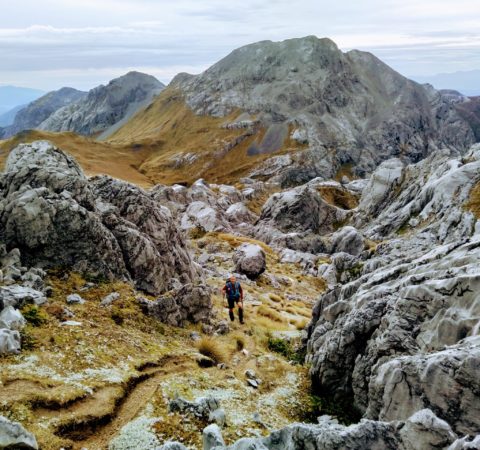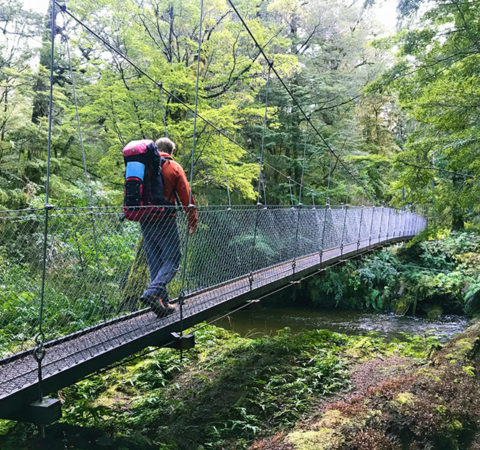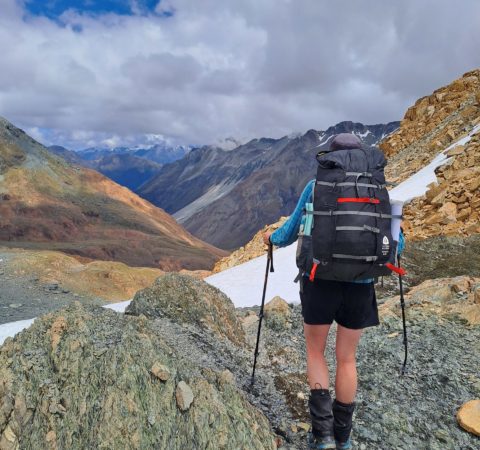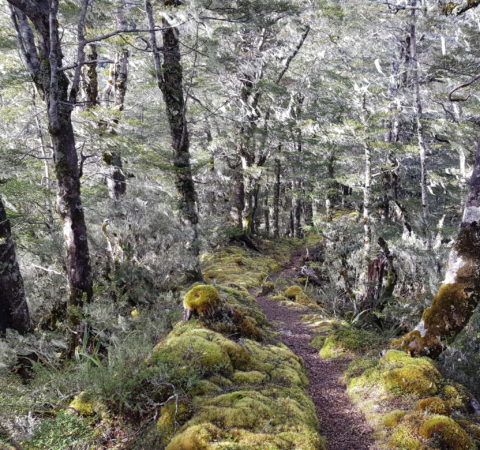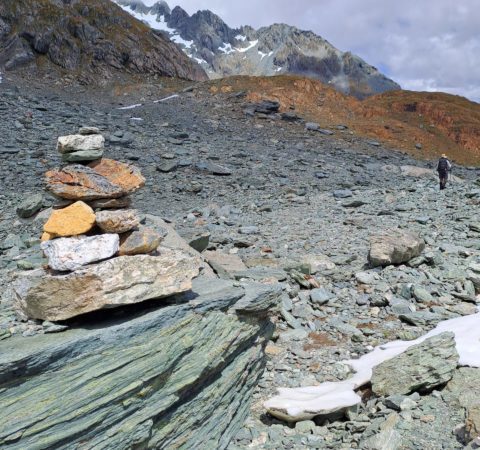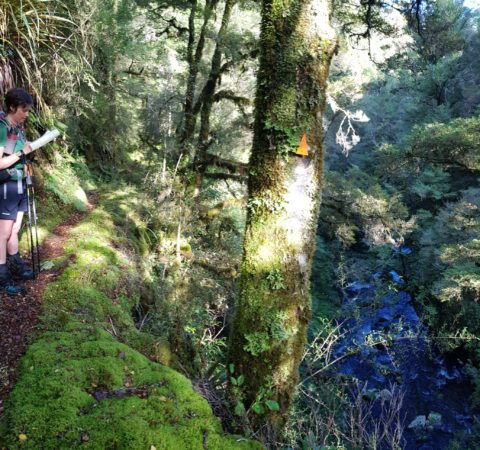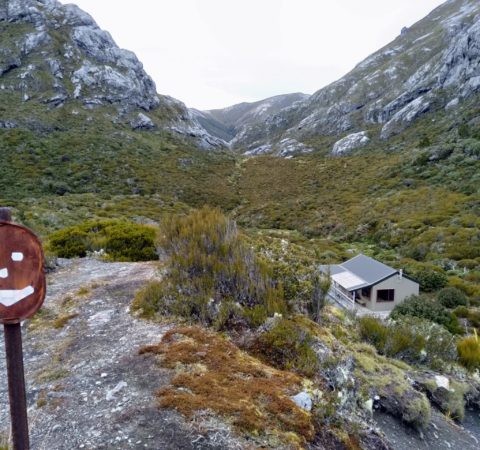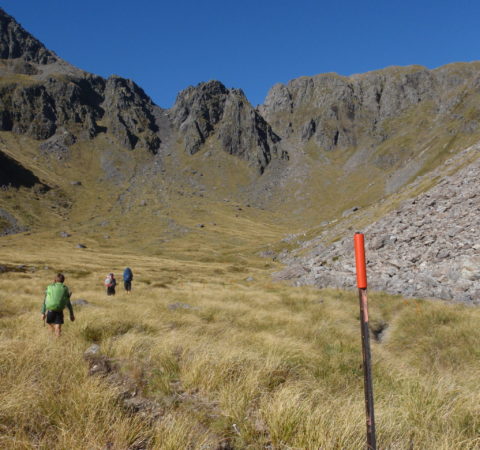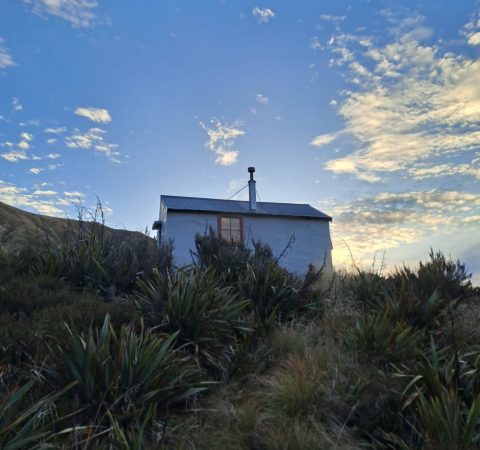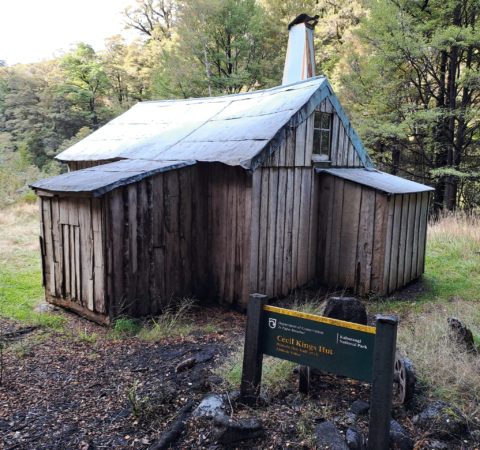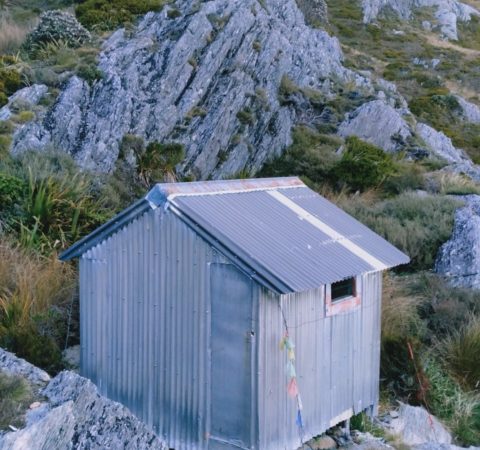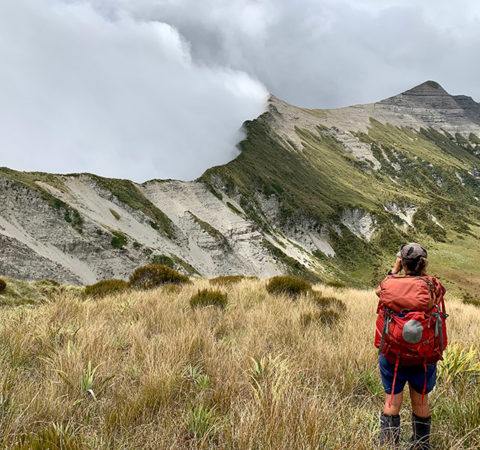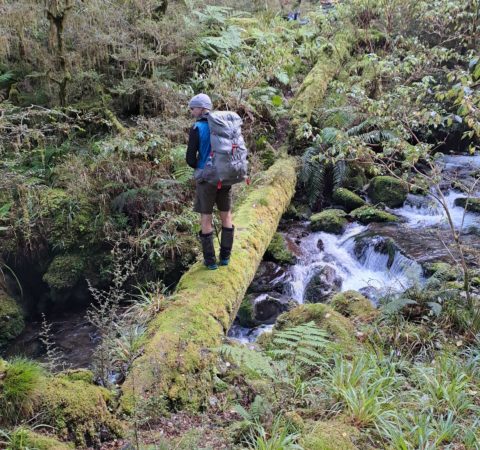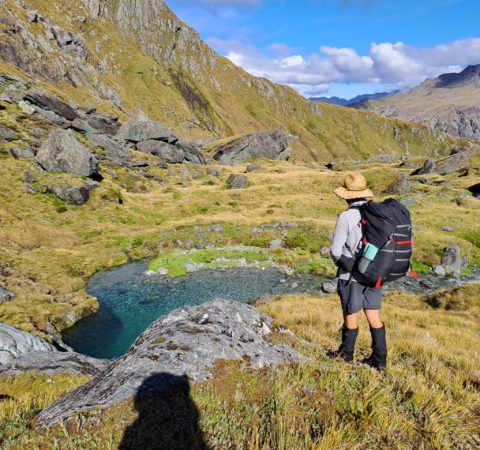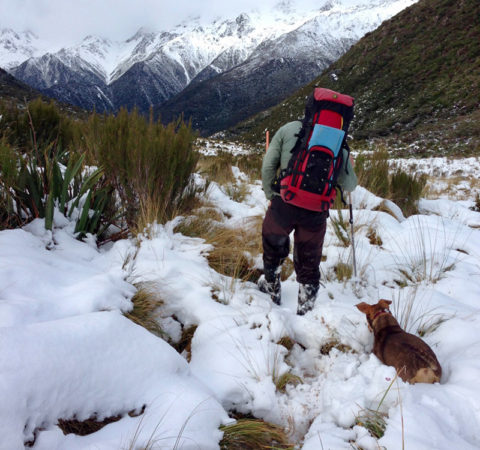New Zealand’s hiking network provides a plethora of options for all levels of hiker.
Whether you’re chasing sweet river valley meanderings, imposing tops or jagged coastline – there truly is something for everyone.
This Resource Page provides relevant, up-to-date, practical information about hiking in New Zealand. Check it out, and if we don’t answer your question, send us a message or book your free Discovery Consult.
And we’ll get it sorted!

New Zealand's Hiking Trails
Aotearoa’s trail network is split into 13 ‘National’ and 54 ‘Conservation’ Parks. These nationally protected wonderlands frequently back on to each other, leaving ample opportunity to craft an expedition (or four) that’s right for you. There are 10 National Parks in the South (and Stewart) Island and 3 in the North. The National Parks receive more use than the Conservation Parks, though both offer plenty of scope for remote adventurey goodness.
The Department of Conservation (or DOC) is the government entity responsible for administering most of New Zealand’s hiking trails. Alongside hikers – bikers, kayakers, back-country-skiers, climbers and various other enthusiasts recreate in Aotearoa’s conservation areas. Most users are aware of and respectful towards the shared nature of the park system. Amazingly, the trail network is free to use though charges do apply for overnight accommodation.
Let’s begin with New Zealand’s hiking trail categories…
New Zealand's Great Walks
Aptly named, Aotearoa’s 10 ‘Great Walks’ are an easy ‘go-to’ for those new to hiking in New Zealand. The scenery is mind-blowing, the trails well maintained and as pre-booking is required, you can guarantee your bed for the night. The Great Walks are an intermediate hiking option. This means the trails are well-formed and that any major river crossings are bridged.
If you’re new to hiking in New Zealand, a Great Walk is a good option. Trail beta is easy to find, signage plentiful and there’s lots of people around should you have a problem. In saying this, the Great Walks are still fairly full on in places. Expect a few long days, some steep climbs / descents, and the odd mountain pass along the way.
Whilst an obvious option, the Great Walks are something of a ‘tourist trap’. The trails get busy and the huts can be crowded. If you’re an experienced hiker, consider looking a little further afield. An abundance of superb hiking trails exist outside of the Great Walk network. Most of which are just as stunning, require no pre-booking and offer a far more remote wilderness experience.
Not Sure What's Right for You?
And We'll Work it Out!
Advanced Trails
New Zealand’s Advanced hiking trails are a step up on the Great Walks. These tracks are generally well marked, but will sometimes be poorly formed, rough or steep. This necessitates some route-finding and navigational skills, as well as good levels of fitness and co-ordination. Hikers may also encounter river or avalanche path crossings. This requires experience assessing risk within these environments, plus a willingness to get your feet wet. Travel will be slower than on the Great Walks, usually between 2-4km per hour.
Aotearoa’s advanced trails are a great option for experienced hikers. Perfect for those wanting to get away from the crowds and into more remote, challenging territory. As with the Great Walks, you’ll still pass through mind-blowingly good scenery – but with less people and a few extra challenges . A couple of our favourites include the Rees-Dart circuit in Aspiring and the moonlike Mount Owen of Kahurangi. Or click here to check out over 70 more multi-day Advanced trails in Aotearoa.
Expert Trails
More of a route than a formed trail, these hikes are a step up again on fitness and technical ability. Though marked in places, they tend to have long stretches of rough, muddy, steep adventurous fun. This makes travel fairly slow going – around 1-2km per hour in places. New Zealand’s Expert routes are challenging and rewarding! Though well worth the effort, they require proficiency in route-finding, navigation, river crossing, avalanche awareness and edge protection.
Depending on your location and time of year, it’s altogether likely you won’t see another soul on Aotearoa’s Expert routes. Just you, the mountains and the stars! Some of our favourites include the Douglas Range of Kahurangi, Aspiring’s East Matukituki Traverse and Waiau Pass in Nelson Lakes.
Or jump in here to check out a few more!
Most of New Zealand’s hiking trails have markings along the way to help you stay on route. In the forest this usually takes the form of orange triangles and up top, the same coloured poles. On harder routes track markings will be less frequent and harder to spot. On these trails you’ll usually be able to find handwrought rock cairns here and there.
The majority of tracks have signage at trail ends and major intersections. Trails that are more popular and / or accessible will have better signage, whilst the more remote ones will require some degree of problem-solving.
Have One of Our Local Experts Review Your Trip Plan
Where to Go? What do Do?
With over 8 million hectares available, choosing expeditions that match your goals, technical ability and fitness level can be challenging. If you love working it out yourself, we recommend checking out Mountain Safety Council’s Plan my Walk platform, alongside trail info from the Department of Conservation.
If you’re keen to fast-track the process with one of our Aotearoa-based specialists, consider one of Moxie’s Self-Guided Adventures.
New Zealand's Hiking Accommodation
A range of accommodation options exist for explorers of Aotearoa’s backcountry. Booking and paying for your accommodation can be a minefield, but we’ll do our best to explain it here!
Let’s begin with your classic accommodation options…
Camping
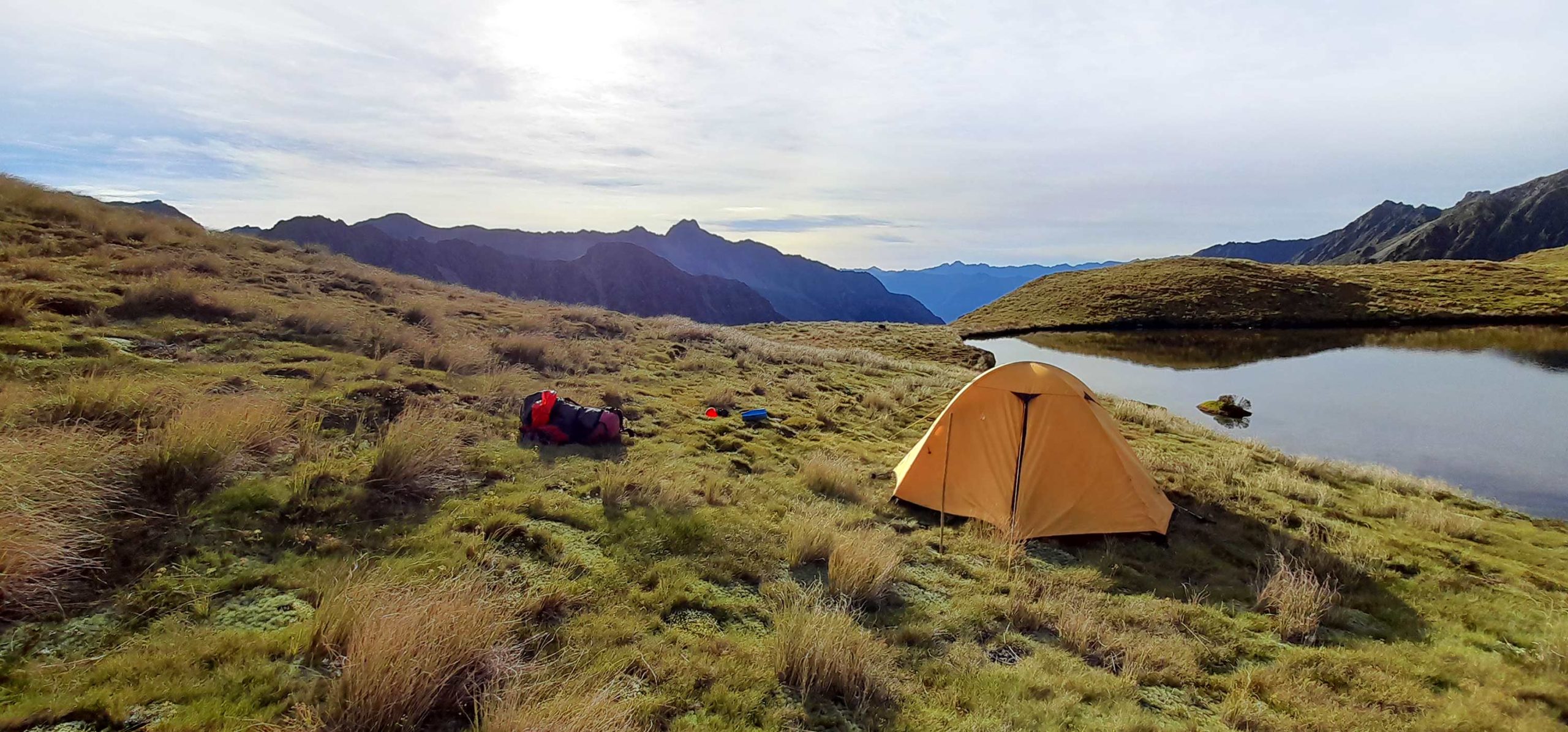
Camping is an excellent way to save a few dollars and add flexibility to your hike. Though you’ll need to carry a tent and bedroll, camping gets you away from potential hut frenzy and opens up options as to where you’ll rest for the night. Most (but not all) huts include a designated camping area. Pricing for these varies but is generally lower than staying inside the hut. If you’re fully self-sufficient and happy camping in a non-serviced ‘unofficial’ site – camping is free!
Camping is a particularly good option for Aotearoa’s summer months (Dec / Jan / Feb). During this time overnight temperatures usually range from 5°C – 15°C on the coast, and around 10°C cooler at 2000m. Outside of summer, camping is still viable but less pleasant. In Winter (Jun / Jul / Aug), sleeping systems should be able to cope with temperatures another 10°C cooler again. And over the shoulder seasons – somewhere in between.
Great Walk Huts
Unsurprisingly, the Great Walk Huts are found along the Great Walks! Though fully serviced and relatively comfortable they’re often crowded during the ‘Great Walk season’ (Nov – Apr). These huts come with mattresses, a water supply, toilets, handwashing facilities and heating. Some also contain lighting and cooking facilities. Over Summer, you must book and pay for Great Walk huts in advance. Off-peak, many of them operate on a ‘first in’ basis as non-bookable Serviced Huts. If you’re keen to get on a Great Walk but wanting to avoid big crowds and high prices, taking your holiday between March and November is one of the best ways to achieve this (assuming you have lots of warm gear).
Other Bookable Huts
A variety of other Bookable Huts exist outside of the Great Walk network. Most of these are Serviced Huts and bookable for all or part of the year. Bookable huts are great if you’re wanting to lock your adventures in early. They allow certainty in terms of knowing you’ll have a bed for the night and pretty decent facilities. The flipside is that they don’t allow flexibility. And as New Zealand’s hiking environment is renowned for demanding flexibility from its users, this can sometimes end in frustration or disappointment.
Serviced Huts
Serviced Huts are well maintained but of a slightly lower standard than Great Walk huts. They can be bookable or operate on a ‘first in’ basis. In the latter scenario, once all beds are taken any additional walkers should be prepared to camp outside. In reality, not everyone will carry camping gear, creating potential for a mildly unpleasant squeezing in of a few too many people. This scenario can be particularly problematic during Summer but not so much of an issue between March and November.
Standard Huts
Standard Huts have mattresses, a water supply and toilets. Those below the bushline usually have a woodfire for heating as well (though you’ll need to source the firewood yourself). Standard huts are mostly found on Advanced and Expert trails. They’re often super cute and in spectacular locations. Standard huts are significantly cheaper than serviced huts and not usually bookable.
Basic Huts & Bivvies
Little more than a shed or well-placed piece of rock, Aotearoa’s Basic Huts and Bivvies are free to overnight in. They have little to nothing in the way of facilities and require users to be fully self-sufficient. In good conditions Basic huts and Bivvies are an absolute delight, teeming with history and character. In poor conditions, they’re pretty good too. Draughty but a welcome retreat from whatever conditions have been battering you outside!
Booking & Payment
ONLINE
Through the Department of Conservation
You can book and pay for all bookable accommodation through the Department of Conservation website. This includes huts and campsites on the Great Walks in Summer, and most bookable huts year-round. Booking online is a good option if you’re keen on walking an especially popular trail or one of the Great Walks. The Great Walk Huts get snapped up fast so it’s important to book and pay ahead of time. Your usual array of credit cards and payment options are available should you decide to go down this well-trodden route.
Booking online is usually straightforward but can get problematic when the system overloads for peak season. If you prefer quieter trails and are comfortable staying in ‘non-bookable’ accommodation, we recommend waiting till you touch down in New Zealand then checking out a Visitor Centre in your region of interest.
IN PERSON
At a Local Visitor Centre
You can also arrange your accommodation at local Visitor Centres (and other nominated retailers) throughout New Zealand. This includes booking and paying for bookable accommodation as well as purchasing one-off hut tickets for non-bookable options.
Organising your accommodation at a Visitor Centre is a good option because it allows you to adjust your plans in accordance with the many things that may scupper them. Typical plan-scupperers include bad weather, sickness / injury, unplanned track closures and you deciding you want to stay longer in Central Otago because it’s so awesome. If you’re comfortable waiting till you’re in New Zealand to lock in your adventures we recommend having a handful of good options up your sleeve prior to arrival. You can then make a final call once you’ve got the lay of the land and chatted through your options with an experienced staff person from a Visitor Centre.
Did You Know Our Booking Services are Free in Conjunction with any of our other Paid Offerings?
What Type of Tickets Should You Buy?
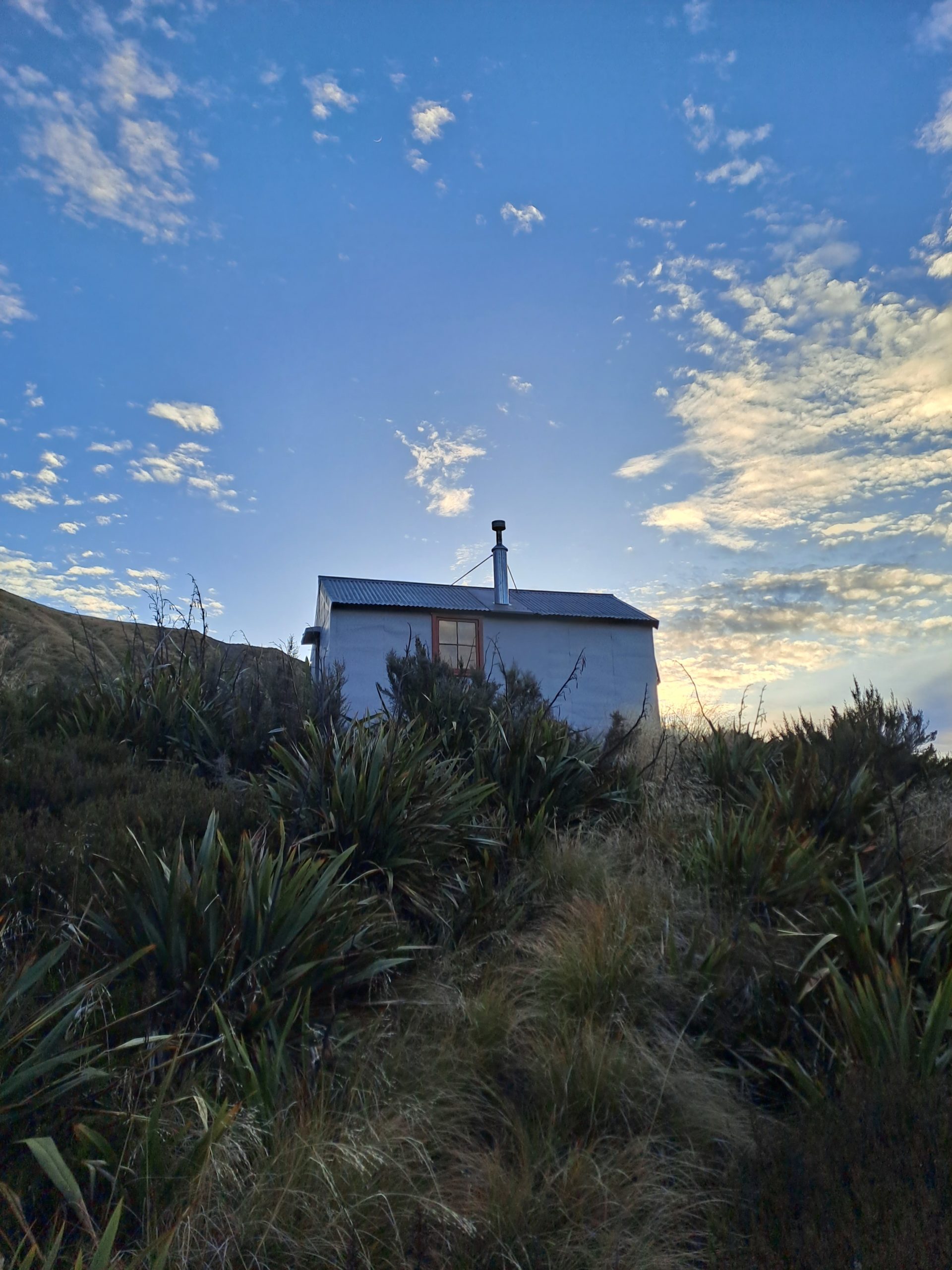
Option 1: Hut Tickets
If you’re here for a short time and happy overnighting in non-bookable huts or campsites, your best bet is to purchase hut tickets from a Visitor Centre in New Zealand. Hut tickets come in 2 categories – standard or serviced. They can be used at any hut within the category throughout New Zealand. With over 900 huts across Aotearoa, this creates LOTS of flexibility. It’s a great option if you’re happy working it out on the fly.
Option 2: Hut or Campsite Pass
If you’re here for a while and planning on a bunch of hiking in New Zealand, a hut or campsite pass may be a good option. Hut & campsite passes allow an unlimited number of stays within the type of pass purchased. They are valid at most (but not all) standard and serviced huts and campsites. They’re a great option if you’re keen on Advanced or Expert trails and will be in-country for an extended period.
Discuss Your Plans with one of Our New Zealand based Adventure-Mad Local Experts
Transportation - Getting There, Back & Around
MOST Department of Conservation trail ends are MOSTLY accessible by 2-wheel drive MOST of the time.
There are however a good handful of exceptions. Some roads are prone to damage and close frequently. Others require a 4-wheel drive vehicle all or part of the year. And many contain fords, which may not be crossable following rain. The Department of Conservation provides information and updates within the relevant page on their website. To avoid an unexpected scuppering of plans, always check in on this prior to departing for your hike.
Trail end security varies depending on where you’re going. The Great Walks (and other popular trails) are fairly secure due to the number of people frequenting the carpark at any one time. Lower use trails are less secure, particularly in the North Island or in carparks close to a main road. Wherever you are, we recommend the following to maximise security while you’re off adventuring:
Close your windows and lock your car
Avoid leaving valuable items in your vehicle while you’re out
Sprawl a few non-valuable items about the car before you go
Park close to other vehicles where possible
Shuttle Services
Depending on the nature of your hike, you may require additional support getting you (or your vehicle) from one end of the trail to the other. There’s multiple options for arranging various types of shuttles around the country. If you’re comfortable you could also hitch hike or arrange to swap vehicles with another group moving in the opposite direction.
If you’re struggling to get your head around shuttle logistics for your trip, Moxie Travel can help.
Hiking in New Zealand: Environmental Stewardship
Check out Leave No Trace’s excellent series on the Basics of Environmental Stewardship in New Zealand. Or read on for a summarised version of the critical elements.
Toileting in the Wild
Most huts and camping areas include onsite toileting facilities, some with a spectacular view! Different styles of toilets and ‘long drops’ exist. Be sure to check for any special instructions, and to follow these carefully. As waste is managed by the Department of Conservation, they should always be used in the first instance where available.
If there’s no toilets or long drops around your next option is to toilet in the wild! As keeping Aotearoa’s backcountry waterways drinkable is a critical concern, be sure to do this at least 50m away from any rivers or creeks. Accepted practice is to dig a hole around 15cm deep, do your business, use as little loo paper as possible and fill it back in again. Check in here for a demo of how to toilet in Aotearoa’s backcountry!
Fires & Firewood
Fire etiquette changes depending on your location and time of year. In popular locations fireboxes or designated fire areas are often provided. These should always be used in the first instance. Sometimes firewood is supplied at these locations. This is super handy, but bear in mind that the wood has probably been choppered in so it’s important to use it sparingly.
If no wood is available, you’ll need to source your own from the surrounding forest. In all but the peak of Summer this can be a challenging prospect. New Zealand’s hiking trails are typically damp and dry wood can be hard to find. Again, use what you do find sparingly and be sure to (at least) replace what you burn.
In remote areas it’s okay to collect your own wood and build a fire in a location of your choosing. Remember to dismantle your fireplace the next day so that the next party is unable tell where you’ve had your burn.
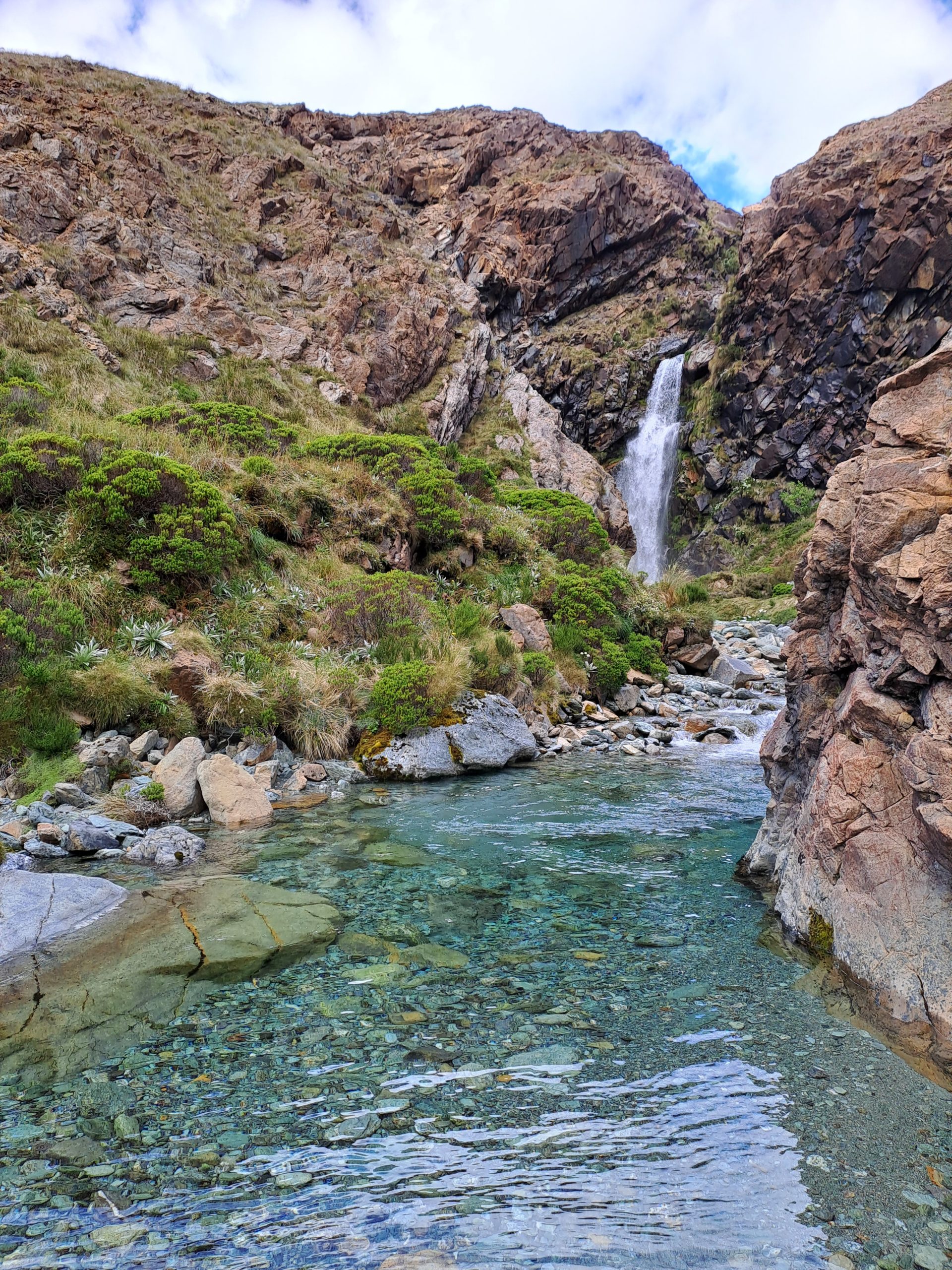
Rubbish & Waste
This one’s easy! There’s no backcountry rubbish collection service on New Zealand’s hiking trails so you must carry out what you carry in. This includes food waste as edible goodies are a big attractant for rats, wasps and other pests. Simple as that!

What Do You Need?
We aim to provide relevant, practical and up to-date information for anyone planning a New Zealand hiking holiday.
Have we provided that for YOU?
If not, send us a message telling us what you what you need.
We’ll do our very best help, and we’ll use your feedback to continue improving this page for the global adventure travel community.

